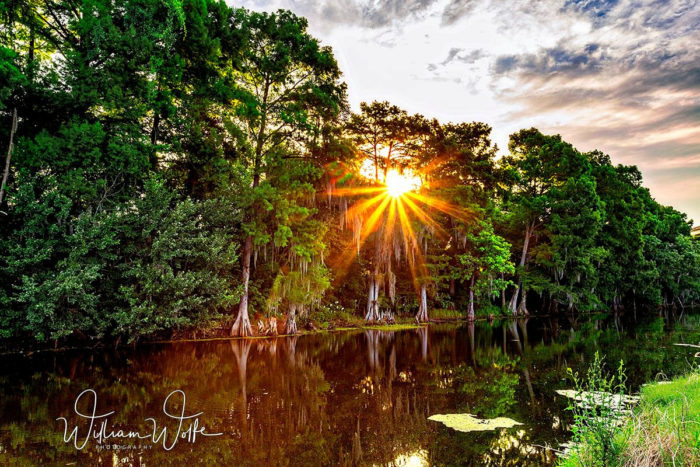Creating the Chipped Paint Effect
by Phil Novak
As I was looking around for a semi-interesting paint scheme for my Marder III, I happened to come across a well used vehicle with winter whitewash. Well, some of it was whitewash. The rest had been chipped away, by crew member’s feet, underbrush, and perhaps shrapnel. I found this to be a very appealing paint scheme especially because of all the chips.
I had seen this technique used before on various websites, but never really had something to use it on. The picture of the Marder III I saw on that web site was enough to persuade me that I should learn how to do it. So I set out determined that I was going to make a convincing replica of the vehicle.

I read somewhere that liquid mask was good for masking off irregular patterns, so it seemed perfect for chips. I started off by painting the whole thing Model Master Panzer Schwarzgrau ’39-’43. Make sure you use enamel. If you use an acrylic, such as Tamiya, the liquid mask will strip your base coat. After the Panzer Gray was down I used a coarse sponge to apply the liquid mask to the vehicle, concentrating mainly on the outer edges and well traveled areas.
After the mask was allowed to dry I sprayed on Model Master Camouflage Grey FS 36622 in the cloud pattern. This should be also allowed a good period of time to dry, usually overnight. Once everything is dry, it is time to take the mask off. This is another reason why you use enamel paints. Because the mask is water soluble, I immersed the entire vehicle in water, and lightly scrubbed off the mask with a soft toothbrush. Now you should see the full effect of your chipped paint.
The next step is to dry brush the outer edges of panel lines and large bolt heads with a lightened panzer grey. This blends everything together and unites whole effect. Now do your detail painting and do any other weathering that is usually done to your models.
Photo by Phil Novak
